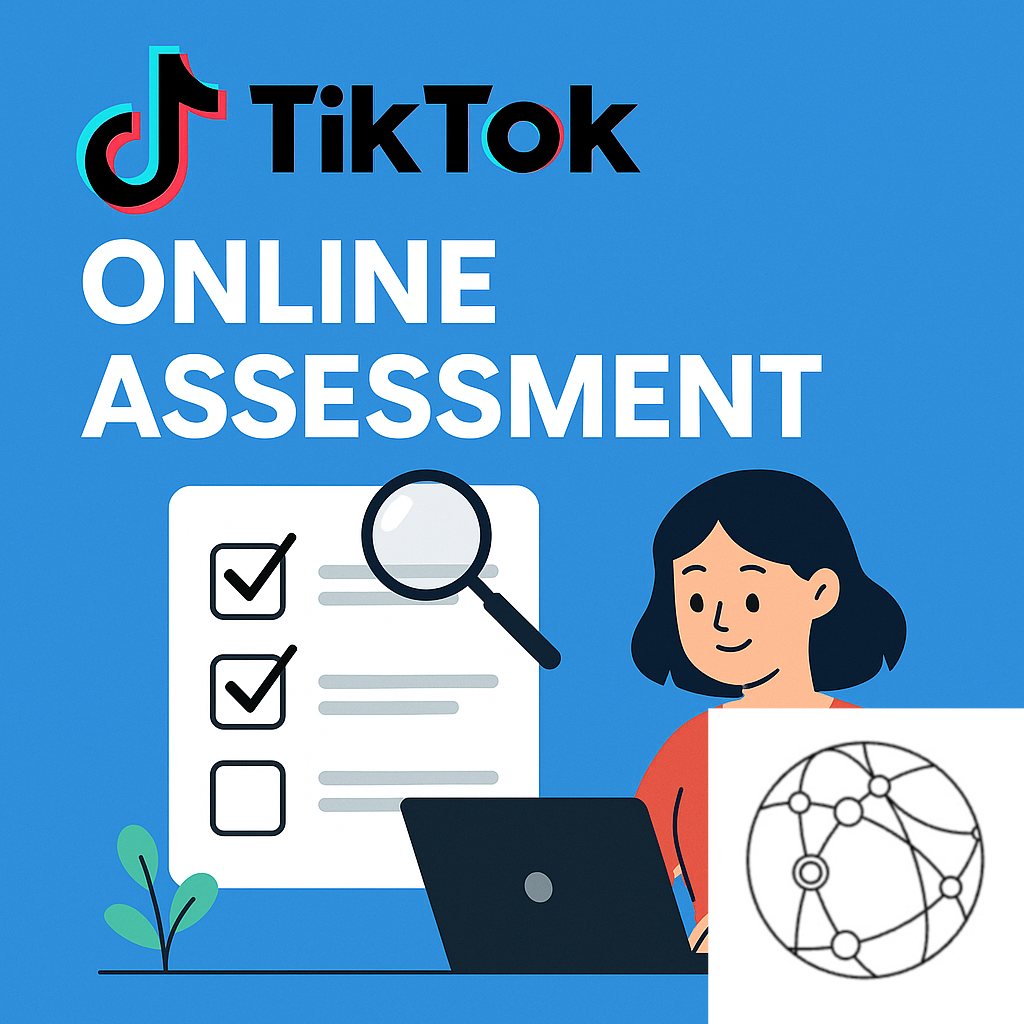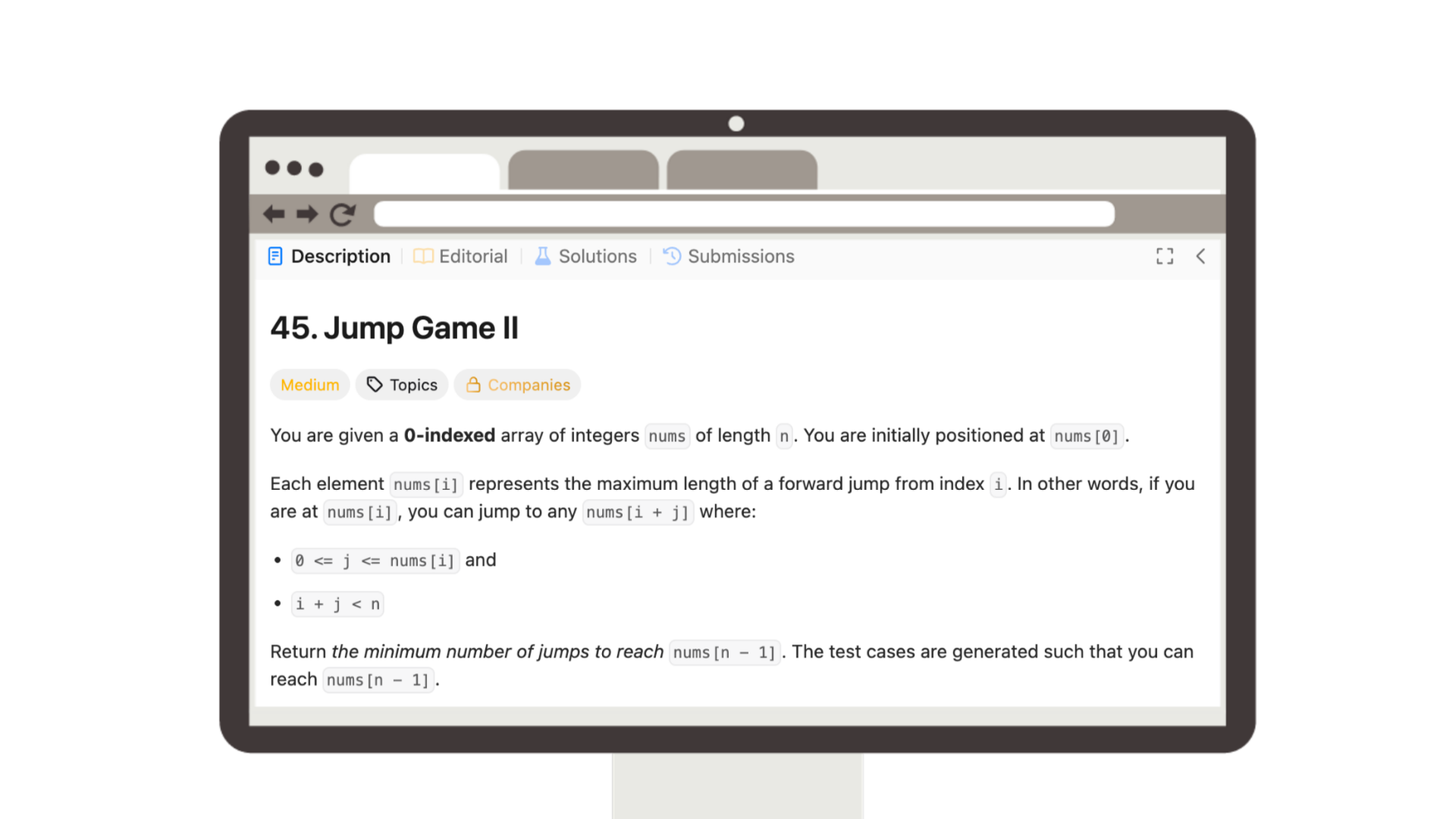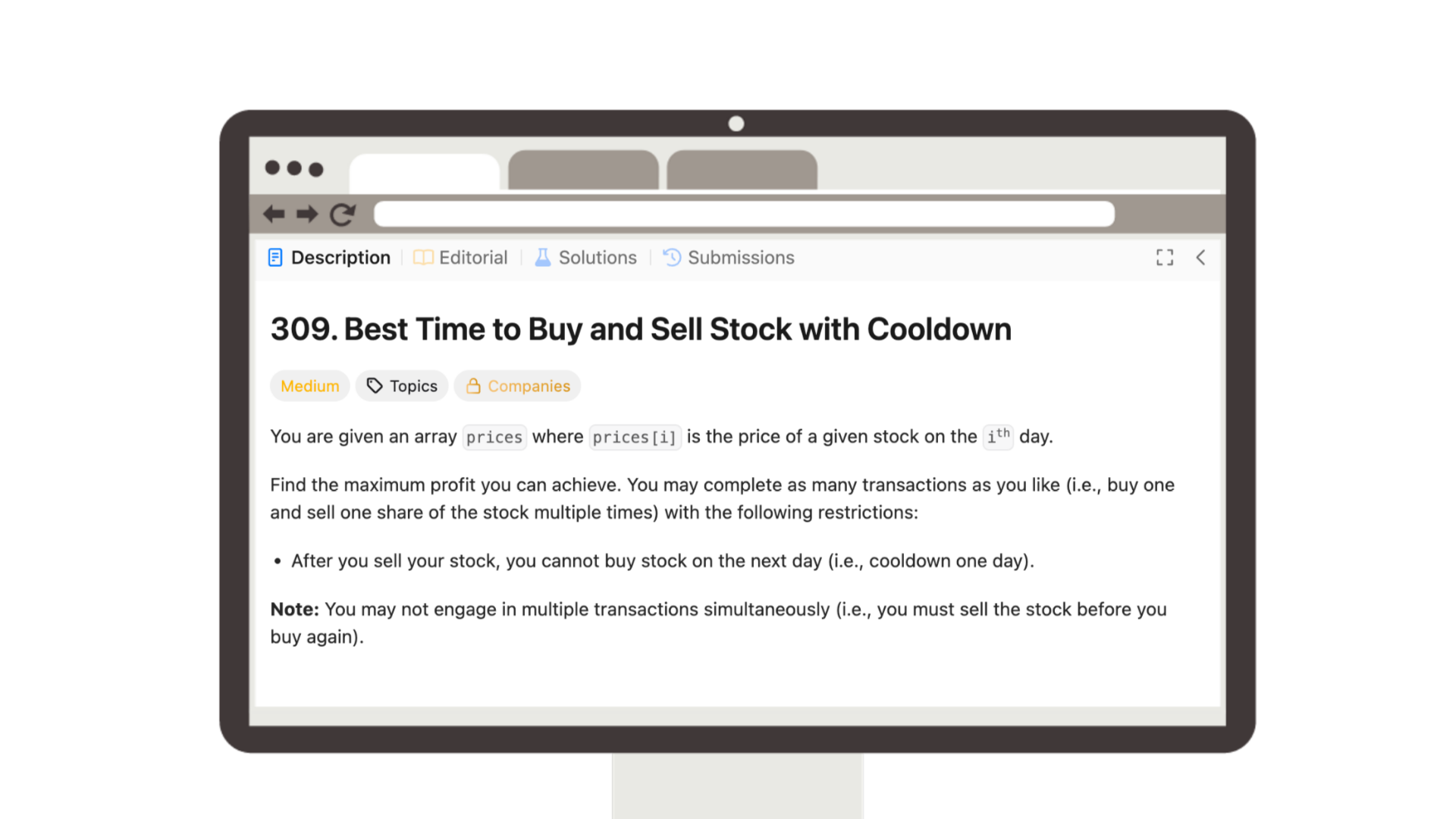TikTok Online Assessment 2025: Questions Breakdown and Prep Guide

TikTok Online Assessment 2025: Questions Breakdown and Prep Guide
Think the TikTok OA is just another HackerRank round? Think again. ByteDance takes their Online Assessment (OA) seriously—and so should you. Whether you're gunning for a software engineer role or a more strategic leadership position like EM or tech lead, the OA could be the first and most important gatekeeper between your resume and an interview.
This is your no-fluff, data-backed, engineer-tested prep guide to the TikTok 2025 OA.
When to Expect the OA for Your Role
Here’s the truth: not everyone gets an OA, and not all OAs are created equal. Whether or not you’re asked to take one depends on your role, experience level, and even which recruiter you’re working with. But there are patterns.
Roles That Commonly Require an OA
- New grads / university hires – Expect it 100% of the time.
- SDE I or SDE II – OA is standard unless you're heavily referred with glowing recommendations.
- Technical interns – Yes, you’ll get one—often within a week of submitting your application.
- EMs or Tech Leads – More nuanced. Keep reading.
OA Expectations for EMs vs Engineering Leads
- Engineering Leads / Staff Engineers: You might still get a coding OA, but the bar is higher. Questions will emphasize system design, debugging, or multi-threaded reasoning.
- Engineering Managers: Many skip the OA and go straight to leadership and cross-functional interviews—unless you're coming from a non-FANG background or lack a strong technical resume. In that case, ByteDance may issue an OA to gauge your coding fundamentals.
Pro tip: If you're applying for an EM role and you're asked to do an OA, don’t panic. It’s usually a formality—but one you still need to pass.
The Correct Way to Prep and Pass the OA Questions
There’s a right way to study for the TikTok OA—and it’s not blindly grinding 500 LeetCode problems.
Start with these principles:
- Time-boxed practice: Most OAs are 90 minutes with 2–3 coding problems. Simulate that setting.
- Pattern recognition > memorization: ByteDance loves variations on classic DP, greedy, and graph problems.
- Debugging and edge-case thinking: Their questions often hide subtle pitfalls. Always test your solution with edge cases.
- Language-specific quirks: Python is accepted, but C++/Java sometimes run faster in tight time limits.
Tools to prioritize:
- HackerRank (especially ByteDance-specific prep sets)
- LeetCode → Filter: Medium + Hard, Topics: Graph, DP, Sliding Window, Prefix Sum
Compiled List of TikTok OA Questions (2025 Edition)
These questions have been confirmed through candidate reports and public forums. Expect variants of these to appear with minor twists or added constraints:
- Minimum Operations to Make Array Increasing | Type: Greedy + Array
- Merge Intervals with Constraints | Type: Sorting + Greedy
- Unique Paths in Grid with Obstacles | Type: Dynamic Programming
- Minimum Swaps to Sort Array | Type: Graph + Cycles
- Find Peak in 2D Matrix | Type: Binary Search
- Decode Ways II (with Wildcards) | Type: DP + Combinatorics
- Maximize Score of Merged Intervals | Type: DP + Binary Search
- Longest Subarray with Sum K | Type: Prefix Sum + HashMap
- Remove K Digits to Get Smallest Number | Type: Monotonic Stack
- Best Time to Buy and Sell Stock with Cooldown | Type: State Machine DP
- Sliding Window Maximum | Type: Deque + Sliding Window
- Shortest Substring with All Characters | Type: Two Pointers + HashMap
- Reconstruct Itinerary (Flights) | Type: DFS + Lexical Sorting
- K Closest Points to Origin | Type: Min-Heap / Priority Queue
These are the problems TikTok loves. And yes, they often tweak them just slightly to trip up rote learners.
1. Minimize Cost of Array Conversion

Type: Dynamic Programming
Prompt (Variant): Given an array of integers, convert it to a strictly increasing array using the least number of operations, where each operation can increase an element by 1.
Trick: Must track previous values and memoize results based on index and last used number.
What it tests: DP intuition + recursion with memoization
LeetCode cousin: Minimum Number of Increments on Subarrays
2. Jump Game with Energy Boosts

Type: Graph + DP
Prompt (Variant): You’re given a series of platforms with energy costs and boosts. Determine if you can reach the end.
Trick: DP with memoized recursion or top-down traversal
What it tests: Multi-path graph traversal with constraints
LeetCode cousin: Jump Game II
3. Optimize Stock Buy and Sell with Cooldown

Type: Dynamic Programming
Prompt (Variant): You’re allowed to buy/sell with a cooldown after selling. Maximize profit.
Trick: 3-state DP: holding, sold (cooldown), rest
What it tests: State tracking
LeetCode cousin: Best Time to Buy and Sell Stock with Cooldown
4. Decode Message With Wildcards

Type: DP + Combinatorics
Prompt (Variant): Given a string with digits and *, count number of ways to decode it to letters (1-26). * can be 1-9.
Trick: Must handle all * combinations while avoiding invalid mappings
What it tests: Edge case management + math
LeetCode cousin: Decode Ways II
Conclusion
The TikTok OA isn't about writing clever one-liners or memorizing syntax. It's about problem-solving under pressure, optimizing for performance, and proving you can reason clearly—fast.
Whether you’re a student prepping for your first software engineering interview or a senior dev eyeing a leap to a high-impact team at TikTok, your OA performance will likely be the first signal of your value. The key isn’t grinding endlessly. It’s targeted, strategic prep that mirrors the questions TikTok actually asks.
So practice smart, simulate real test conditions, and don’t just prepare to pass—prepare to stand out.




%2C%20Color%3DOriginal.png)



